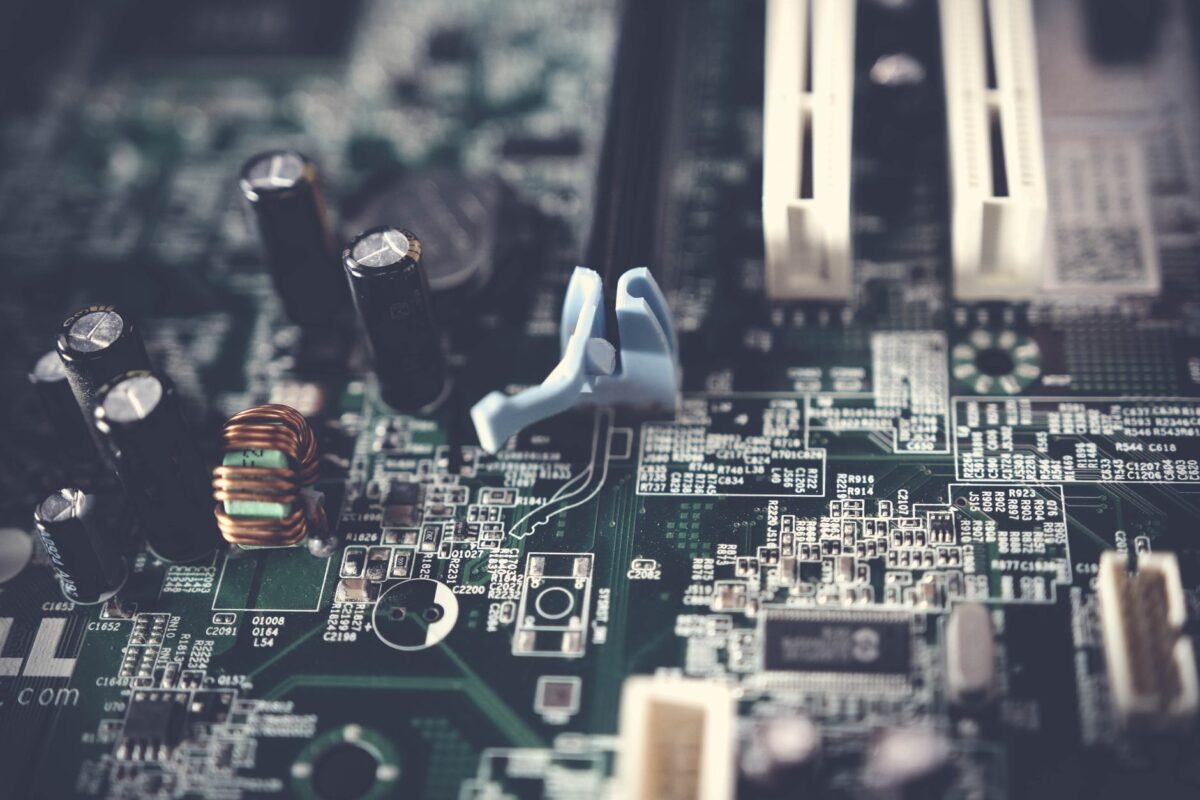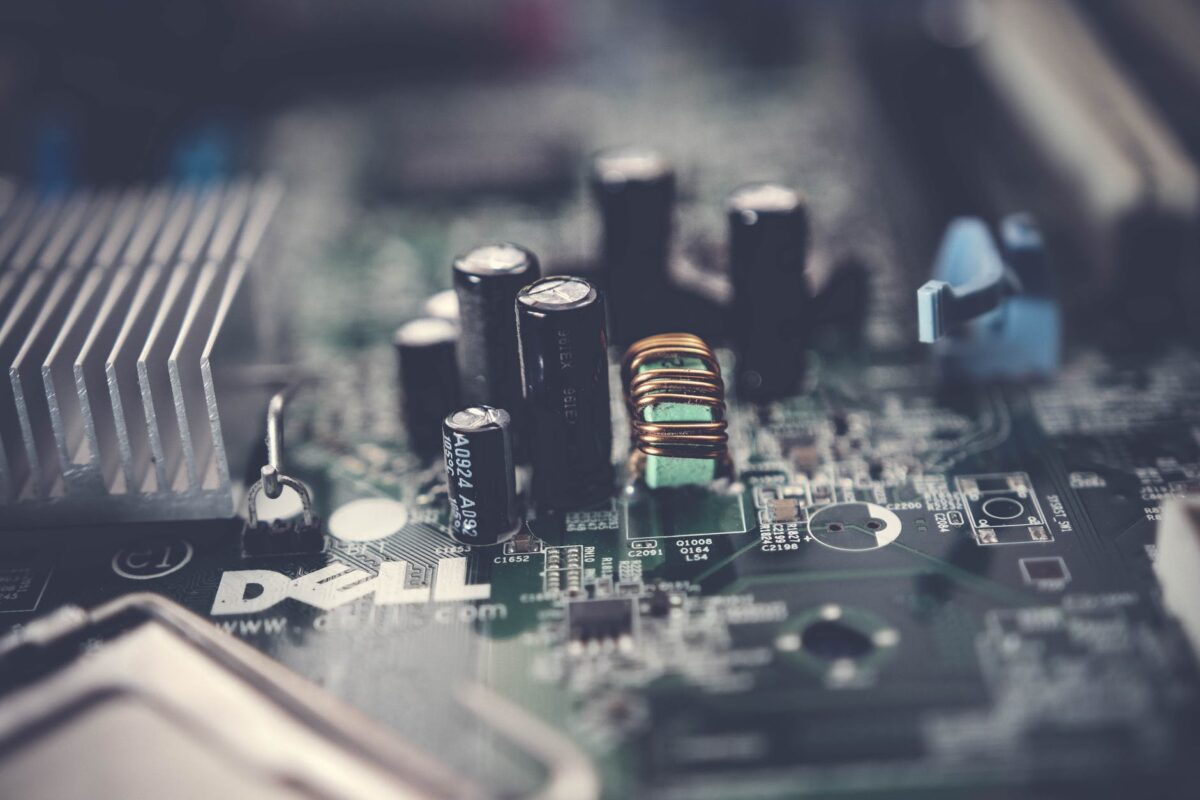Electronics Counterfeiters Capitalise on Component Shortages
Electronics Counterfeiters Capitalize on Component Shortages
The electronics industry is experiencing a components shortage which is bad news for everyone except counterfeiters who are seeing greater demand than ever.
The total available market for counterfeit electronic components is billions of pounds, so it makes no wonder this illegal activity is seeing rapid growth.
What is a counterfeit part?
A counterfeit part is an unauthorized copy, imitation, substitute, or modification of an original component. Counterfeit components are a misrepresentation of the real thing but can be extremely convincing they are legitimate.
Giveaways that components are counterfeits include:
- Color variances
- Misspellings and incorrect labeling
- Mismatched date codes
- Duplicate date codes and labels
- Missing items
- Poor packaging and quality control
- Font variances
- Country of origin problems
- Signs of “resurfacing”
- Failure in tests and performance issues
How are counterfeiters capitalising on component shortages?
Electronics counterfeiters are capitalising on component shortages by penetrating weakened supply chains, taking advantage of inadequate quality control processes and taking advantage of inadequate reporting.
Demand is exceeding supply for many electronic components, exasperating the issue. The semiconductor shortage is the current big one.
As lead times get pushed out, buyers are faced with a dilemma: should they stick with trusted suppliers and put up with delays or look for another supplier? The risk is the ‘other supplier’ being a counterfeiter or not having the necessary controls in place to ensure that shipments do not get intercepted and changed.
This dilemma is when counterfeiters strike to take advantage. The wrong decision can have significant financial and economic consequences.
Another area of focus for counterfeiters is the scarcity of parts caused by end-of-life designations. There is significant demand for end-of-life components, but they can be very hard to find. Counterfeiters pray on this weakness with illegitimate copies.
There’s also a grey market for used electronic components that are refurbished or reconditioned and sold as new. The danger with this is using components that are spent and not repaired properly. When you buy “new” the components should be exactly that. Buying used is never a good idea, unless you want used parts.
How can I protect myself from counterfeiters?
First of all, you should read our 8 Step Guide To Buying Electronic Components With Confidence and Avoiding Counterfeits.
Secondly, you should only work with electronic component suppliers who have a compliance program in place. A good benchmark is suppliers who are ERAI (Electronic Resellers Association International) members. We are ERAI members, so we are on the ERAI database and use ERAI supply chain risk mitigation solutions.
Secondly, it’s really important that you have an adequate inspection and testing processes in place to verify the components you receive. If your supplier tests components for you, what testing facilities do they use, and which services are performed?
Summing up
Electronics counterfeiters are capitalizing on component shortages by taking advantage of inadequate quality control and reporting processes and weakened supply chains.
A robust supply chain and trusted parts suppliers are the two keys to protecting your organization. If you are concerned about counterfeit components in your supply chain we’re happy to provide advice. Call us on 01904 415 415 for a chat.


